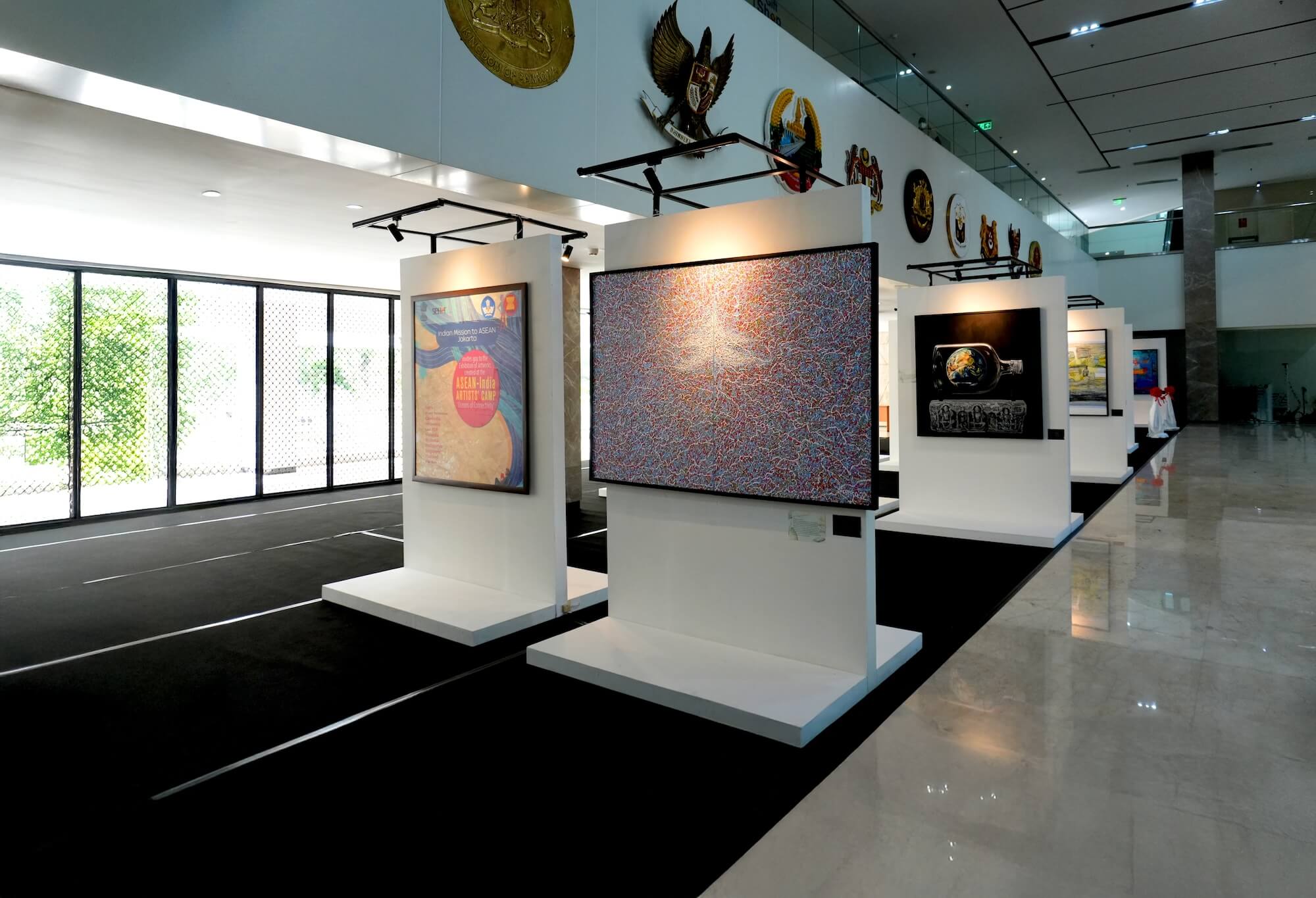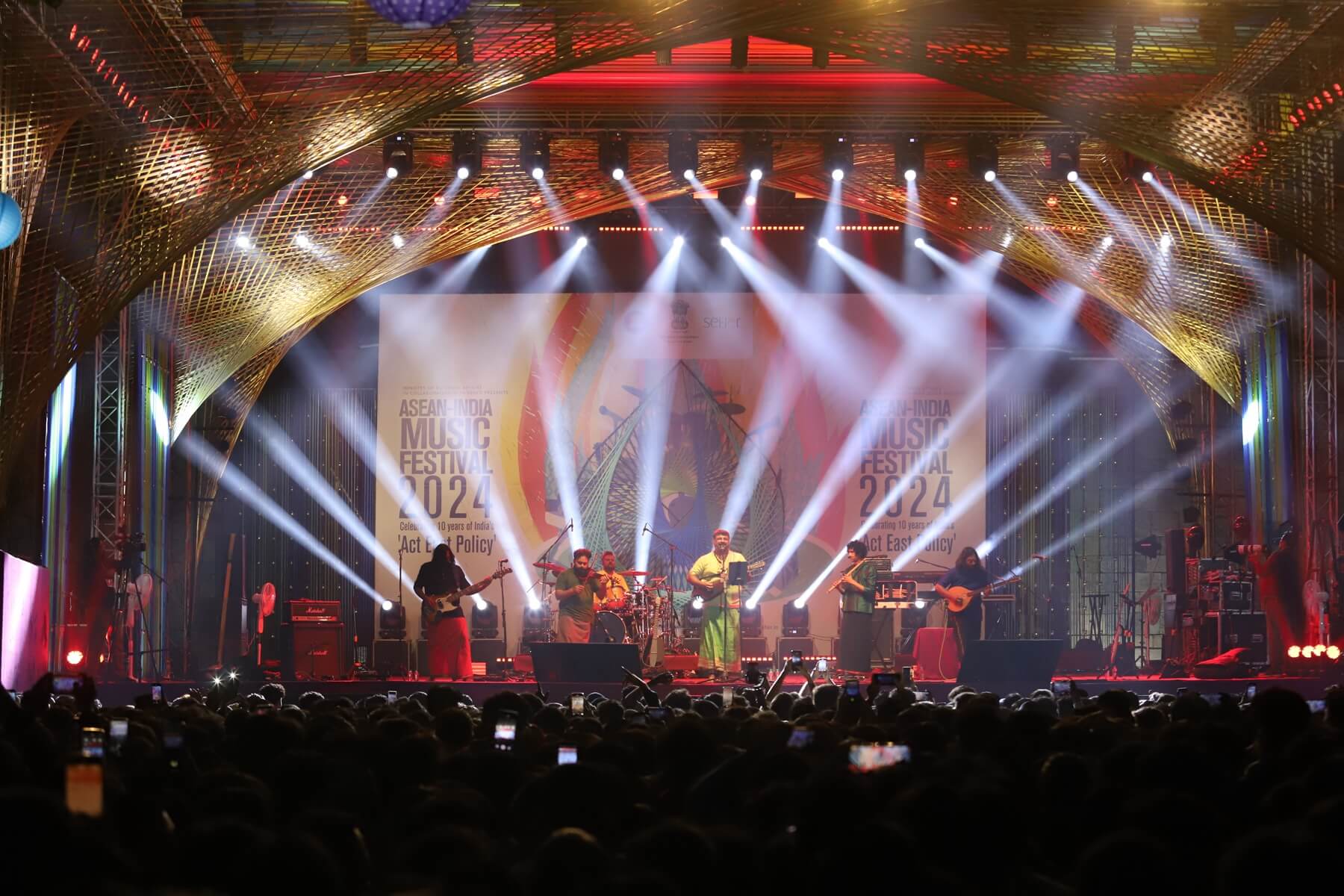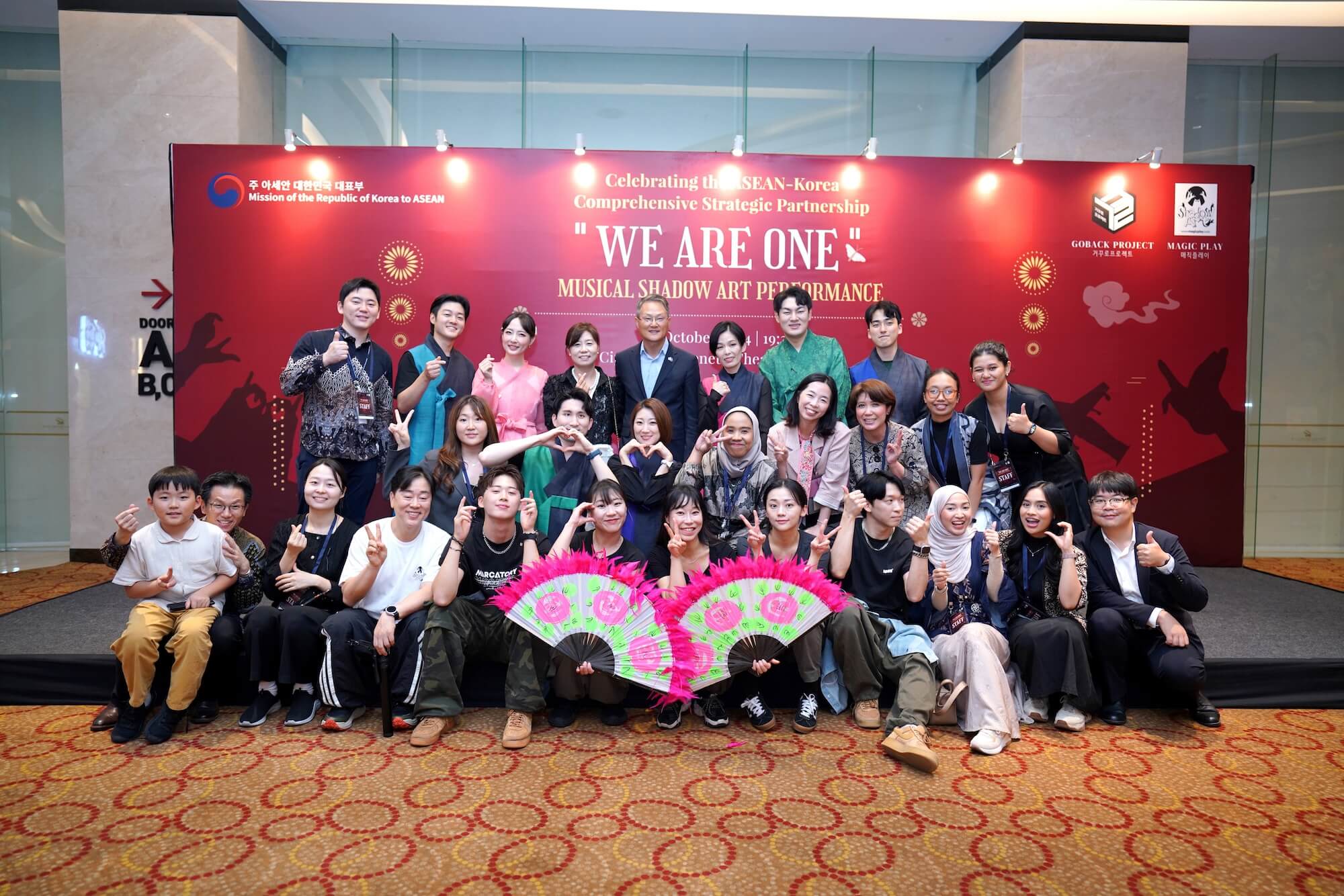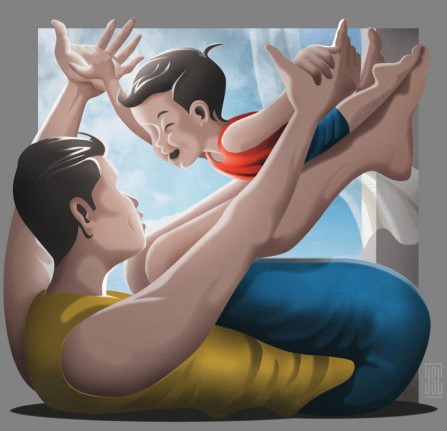
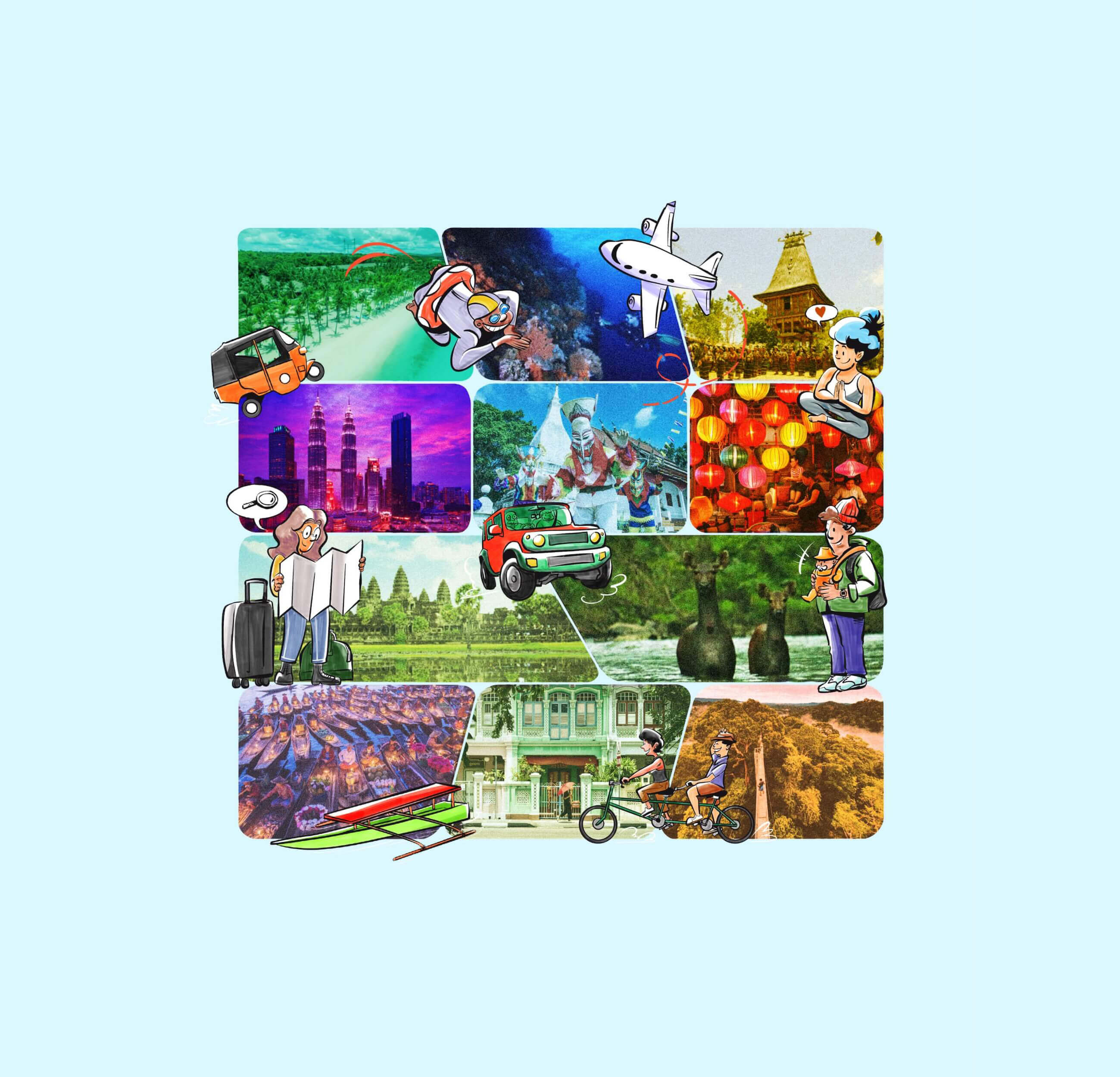


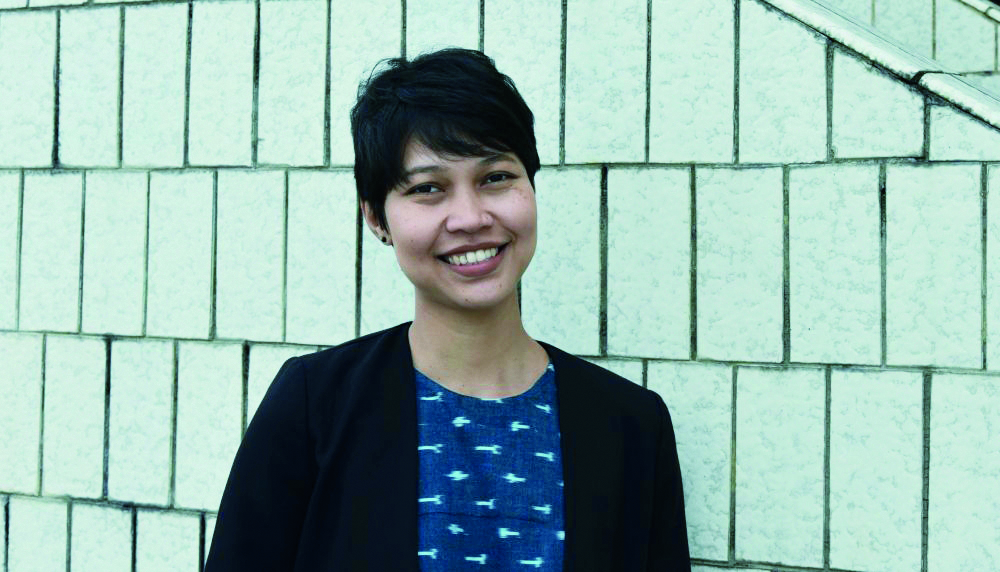
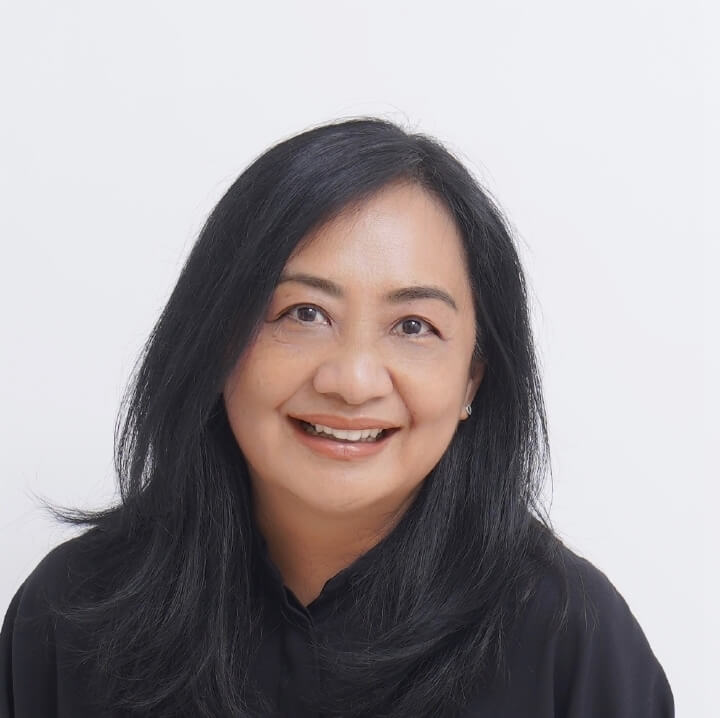
People have been forced to stay apart by COVID-19, but the arts are bringing us closer together.
Artists in the region have created various forms of art to reflect on the uncertainty and tragic consequences of the pandemic. In their works, posted online, we also find a collective desire to send out messages of hope and purpose.
Filipino Jojo Limpo is a semi-retired creative director who lives in Manila. In his social media accounts, Limpo created his #lockdown digital art series to contemplate on the value of family and relationships.
“All the works invite us to look at all that we already have or had with fresh, loving, appreciating eyes; to enjoy life’s simple joys, those that we often take for granted or overlook because we are so busy making a living”, explained Limpo.
“Art gave me a sense of freedom during lockdown. It allowed me to focus on what I could do, rather than all that I couldn’t.”
Erin Dwi Azmi, a fresh graduate from Yogyakarta’s Indonesian Arts Institute (ISI), said that through her work, entitled “#stayhome”, she wanted to show support for the government’s call to help curb the spread of the virus.
“The illustration is quiet, so I used bold and bright colour palette to cheer up the mood so we can stay energised during this time,” Azmi said. So far, she has seven illustrations related to COVID-19.
“I am encouraged to make illustrations on COVID as a campaign on social media to do something positive during this pandemic. This is also a way to stay happy and sane.”
Another Indonesian visual artist, Anindya Anugrah, under her Phantasien brand, produced fantasy-like drawings to reflect life during isolation.
Her pieces showed that staying at home was a blessing, as she could work while lounging at home.
“I also sell tote bag and cloth masks with my designs on it to earn extra income because this pandemic has affected my financial situation, and many other artists’ too I believe,” she said.
Vietnamese graphic designer Hiep Le Duc created posters to encourage people to be responsible and stay home.
“I made the poster because I was bothered when I saw people did not practice social distancing seriously, so I am sending a message to everyone with the tools I have,” Le Duc said.
The first poster features a health worker standing in solidarity with a citizen, inspired by viral photos of doctor and nurses holding up signs saying, “We go to work for you, you stay at home for us”. He used a style reminiscent of wartime propaganda that is familiar to most Vietnamese. It was an attempt, Le Duc said, to evoke a sense patriotism in the fight against COVID-19.
The second poster, which was released on Viet Nam Reunification Day on 30 April, showcases a more uplifting mood to reflect Le Duc’s hope that one day the pandemic will be over.
“The content was simple: people celebrating together and hailing a doctor by throwing him up in the air against a slogan of ‘Thank you, Viet Nam!’,” he said.
Le Duc sold the posters and received a huge response from the public. Proceeds from poster sales were used to buy a donation of two tons of rice for people who were out work because of the pandemic.
The Viet Nam Stamps Company also released a new collection of stamps, designed by painter Pham Trung Ha, with the theme of solidarity in the fight against COVID-19.
“Art has such a great influence on people in Viet Nam, especially now. We use pop songs, dance videos, posters to promote hygiene, and social distancing and I think it is effective,” he said.
Thai puppeteer Jae Sirikarn Bunjongtad released a short video on social media that featured a hand puppet washing its hands with soap and water, to coincide with the World Puppetry Day on 21 March 2020. He also made line art for coloring and created a tutorial video on how to make cute masks for children
A local organisation, Mirror Foundation, saw the video and later asked Bunjongtad to make masks for the children of Hill Tribes in northern Thailand.
“There are a lot of children and I could not make the masks alone. The foundation asked me to share the patterns for their volunteers to help,” he said. “These are my way to communicate with children on how to protect themselves in a fun way.”
During the lockdown, Thai artists, including young children, used online platforms to continue honing their skills and explore new ideas. Bunjongtad also said a number of artists collaborated to raise funds for hospitals.




